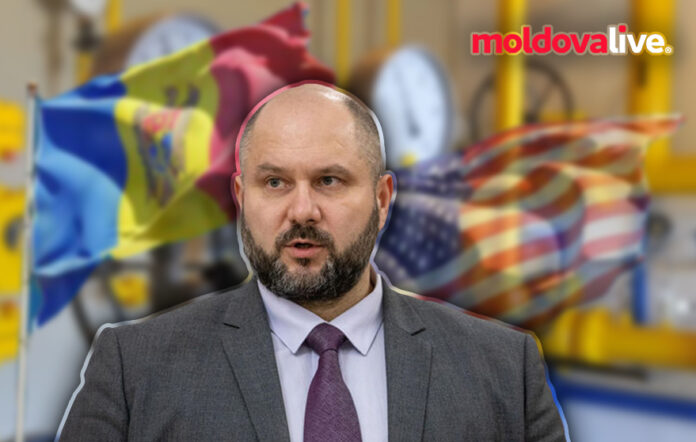Moldova will never face the situation it did in 2022 again. Now, we can import gas even from the USA or Qatar. Energy Minister Victor Parlicov made this statement during a visit to the Anenii Noi district.
The minister clarified the significance of the early alert in the natural gas sector and the risks the Ministry of Energy has prepared for due to the fighting near the Sudzha gas measuring and compression station in Kursk.
Victor Parlicov outlined the Ministry of Energy’s winter plan, which includes two scenarios. One scenario involves Gazprom refusing to deliver gas to the Transnistrian region via alternative routes after the transit contract through Ukraine expires on January 1, 2025. This scenario could lead to a collapse in the Transnistrian region and possibly a wave of internal refugees on the right bank.
“We are prepared for this scenario, which could occur if an incident at the Sudzha station happens. Gazprom has the technical capacity to transport gas through the Trans-Balkan pipeline. If Gazprom refuses, Energocom can step in, but someone still needs to pay for the gas and transportation,” Parlicov stated.
FOR THE MOST IMPORTANT NEWS, FOLLOW US ON TWITTER!
The minister emphasized that Moldova no longer relies on its contract with Gazprom to supply the right bank. In 2023 alone, consumers saved $60 million by purchasing gas from European markets instead of Gazprom.
“The war in Ukraine impacted several European countries, but it hit us harder. In energy security, we’ve made a huge leap. Today, we live in a different world. People are holding us up as an example, and we should be proud of our achievements. We will never again be subject to the kind of blackmail we faced until 2022 because now we can import gas from the US or Qatar,” Parlicov said.
He also discussed the draft amendment to the law on promoting renewable energy sources, recently approved by Parliament in its final reading. The amendment provides several benefits to green energy producers, including facilitating the operation of local energy communities. This law allows community members to consume electricity produced in one location across multiple consumption sites.


